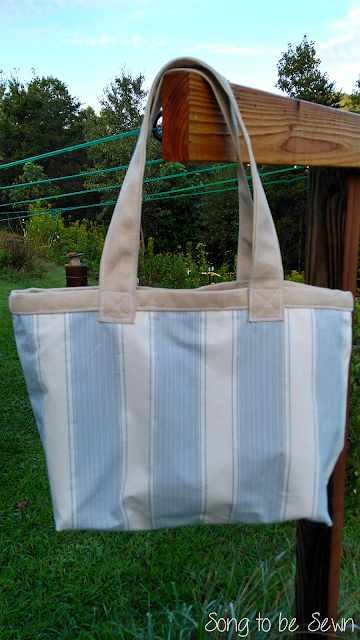"The body
characterizes everything it touches.
What it makes it traces over with the marks of its pulses and
breathings, its excitements, hesitations, flaws, and mistakes. On its good
work, it leaves the marks of skill, care, and love persisting through
hesitations, flaws, and mistakes. And to those of us who love and honor the
life of the body in this world, these marks are precious things, necessities of
life." - Wendell Berry
I must confess that for as long as I've been on Pinterest, I have been pinning Alabama Chanin. Just enamored with the intricate designs that they create with jersey knit, applique, and embroidery. The appeal grew and grew the more I learned about how the company started, who they employ, and how each garment is handmade, hand sewn. It's all so beautiful and honorable.
I found inspiration and instruction to make my own skirt from several Alabama Chanin books that I found at the library. They've written them for people like me who have been inspired and want to try their own hand at making.
My initial plan was to stencil one of the patterns from the book onto my fabric and do the applique. But, I also wanted to be sure that I was making a size that would fit me before investing all of that time...like hours and hours and hours.
So, this skirt is my muslin - a wearable muslin. It bears some resemblance to this one.
I made the Swing Skirt which is from the Alabama Stitch Book. The pattern is also in their Alabama Studio Sewing Patterns book which I got for my birthday this year. This book is an awesome value because it has all of the patterns from every book and includes new ones as well. It also details fitting and hand sewing techniques.
The whole point of sewing this skirt for me was to hand sew the seams and waistband. My stitching is a bit rough, but I know how much work went into it, so it is very satisfying to wear this handmade, hand sewn skirt.
The side seams are sewn using the outside felled seams technique. The seams are first sewn toward the outside of the garment, so that the seams are exposed. Then, they are laid to one side and stitched down with an embroidery stitch. I chose to use the Cretan stitch, which is one that is often used on their garments. The thread I used is the same that they recommend - button craft thread. I like the tone on tone look.
On the front and back of the skirt I used the open-felled seam technique. This is when you sew the seam on the outside of the garment and then open the seam to add the embroidery. Here I used the Herringbone stitch. I left the seam allowance a bit too long, so it curls over some of the embroidery. But, in some ways it also just adds to the earthy nature of it that I love.
In one of her interviews, Natalie Chanin shared that sewing the seams raw side out was a reflection of how she felt at the time she made her first t-shirt this way in New York. It is an exposure of something not normally seen, nor shared, and not considered lovely. But, when we dare do so, something beautiful can become of it.
The last piece of the skirt is the waistband. They recommend using fold-over elastic. So, that is what I used as well. I also used the Cretan stitch here. This is a bit of the inside view of the knots tied to secure the embroidery. She is very specific about how to tie the knot, leaving the tails long, and uses the knots as embellishment on the outside of some garments.
This skirt actually ended up a bit too big. I was overly cautious on sizing because I didn't want to end up with a tight fitting skirt - just not me. However, with the double layer of jersey, it really weighs down and just feels a bit droopy. Next time I will have to size down some. It was all very much worth the time and effort however. Not wasted at
all because the process was so very satisfying and personal.















